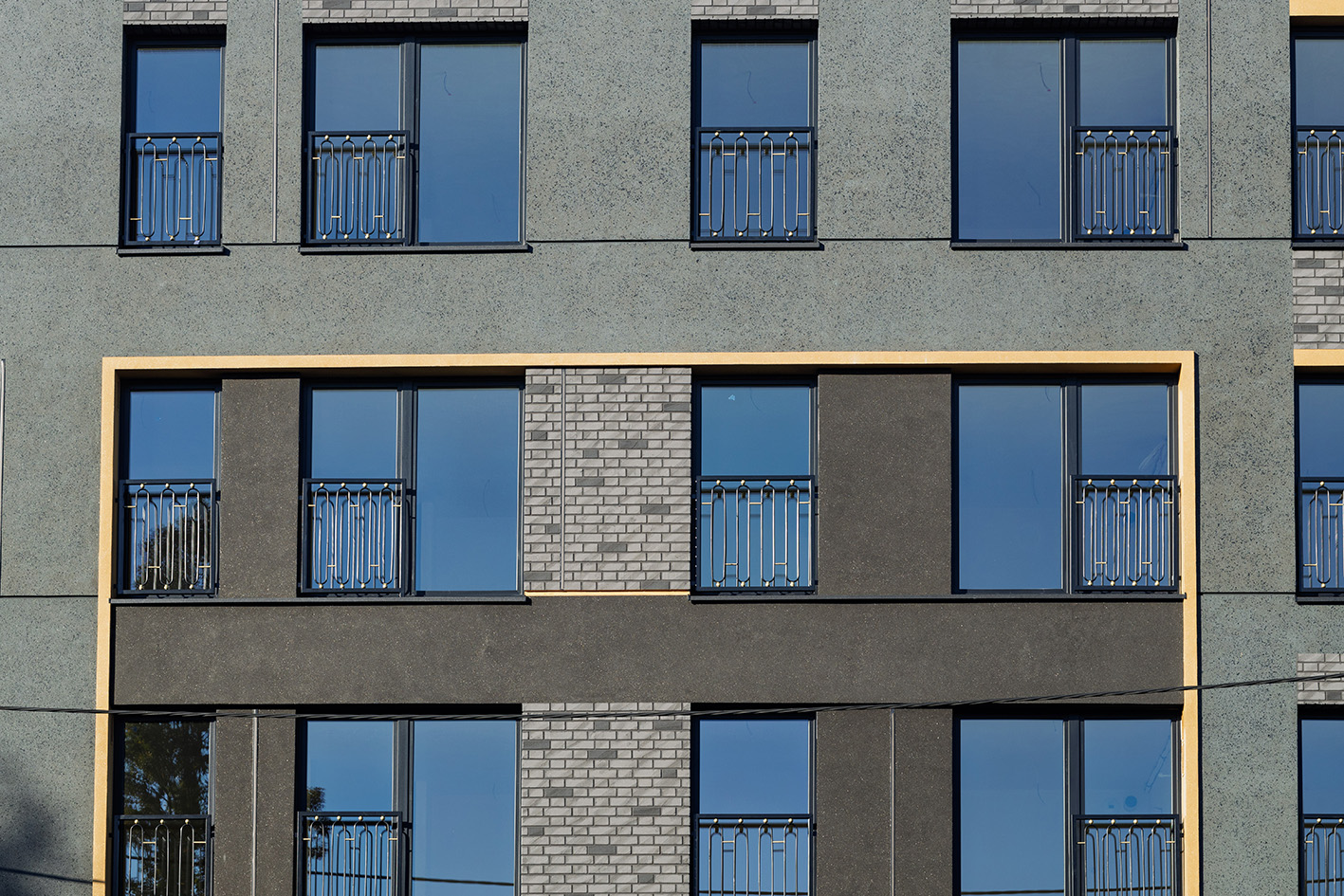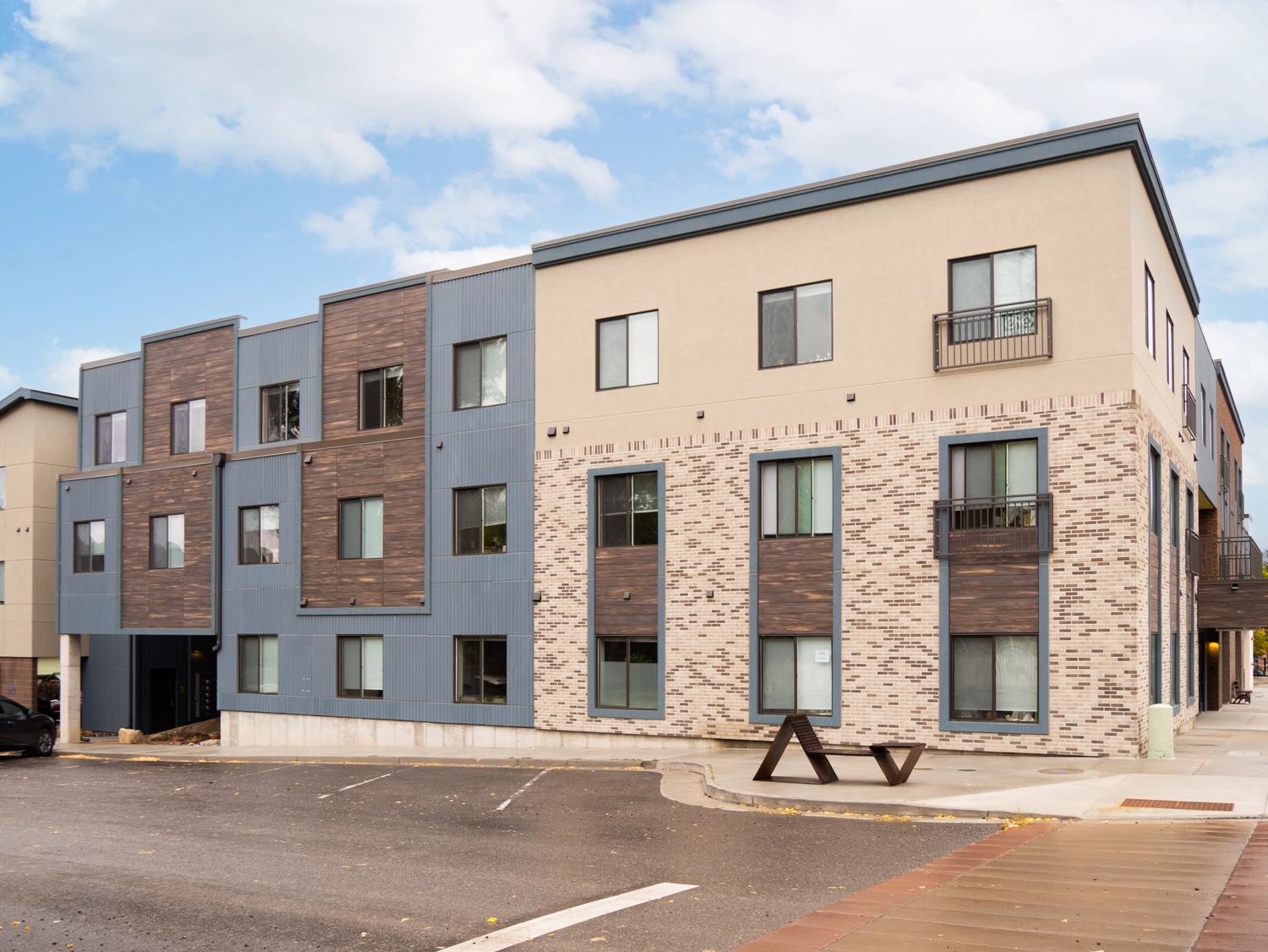How to Balance Creativity and Client Needs in Exterior Building Design


When it comes to designing the exterior façade of a building, architects must strike a balance between creating an aesthetically pleasing solution and meeting the owners’ project requirements (OPR) which complies with adopted building code testing, performance and life safety requirements. But even the best architectural design proposal is rarely accepted at the first presentation.
In reality, a commercial building design will undergo many iterations as it navigates the many reviews and interpretations with stakeholders, such as developers, owners, an Architectural Review Board (ARB), community members and authorities having jurisdiction before being approved.
 It can feel defeating for an architect to see their vision become unrecognizable throughout the rounds of revisions. Senior Designer at RDL Architects, Greg Soltis, said “You have to brace your heart for all your mini little heartbreaks and learn how to grieve quickly and move on.”
It can feel defeating for an architect to see their vision become unrecognizable throughout the rounds of revisions. Senior Designer at RDL Architects, Greg Soltis, said “You have to brace your heart for all your mini little heartbreaks and learn how to grieve quickly and move on.”
However, in knowing these changes are inevitable, there are three simple elements that designers can employ to streamline the revision process without losing the architectural character of their overall design proposals. By preparing a new façade design or building renovation plan with multiple color palettes, textural options and versatile building materials, architects can more easily tweak their designs throughout the rounds of review to satisfy both their creative intent and the clients’ needs.
Designers tend to be more daring when it comes to color than most clients. To accommodate a more universal appeal, architects should factor in more neutral backup color options that will still communicate the building’s design objectives. For example, the designer’s initial façade design might include a modern, predominantly red finish. But knowing that the building owner may want a more timeless aesthetic, they could also plan an alternative approach that has mainly gray tones with red accents to highlight certain architectural features. In this way, bold colors can still be incorporated but may be more palatable to the broader client base.
When building stakeholders are firm on a monochromatic exterior finish, it may seem limiting to work with only shades of white, beige or gray. To overcome this, texture is a highly effective way to create visual interest while staying within the desired color scheme. Contrasting rough and smooth texture areas with an exterior cladding material, like Dryvit’s acrylic textured finishes, can frame windows, entrances, signage or other important elements. The use of architectural shapes such as engaged arches, corbels, or columns in approved colors can also add character, scale and rhythm to a structure.

This mixed-use development utilized EIFS construction to achieve the dimensionality the team was after.

The Stacja Kopernik Apartment building in Poland used various Dryvit specialty finishes in similar colors for a stunning façade. Photo courtesy of Trust Investment.
In addition to the purely aesthetic side of design, materiality is another important factor. Having versatile building façade materials at your disposal can be helpful to work within a client’s parameters.
Exterior insulation and finishing systems (EIFS), for example, are adaptable wall solutions for new construction and restoration because they can emulate other building materials but are lightweight and offer continuous insulation. For instance, if a client is seeking a brick veneer appearance, but the structural limits will not accommodate the load of real masonry, drainable EIFS with the look of brick veneer at a fraction of the weight. Solutions like NewBrick and Custom Brick are available in all the standard brick colors, as well as custom options for a one-of-a-kind look. Faux rock panels, wood wall panels and metallic finishes can also be achieved with field applied EIFS or EIFS prefabricated panels.

And if a different color or texture for an EIFS wall is altered at the last minute, it is easy to make the swap without having to change the material technology and its adjacent products.